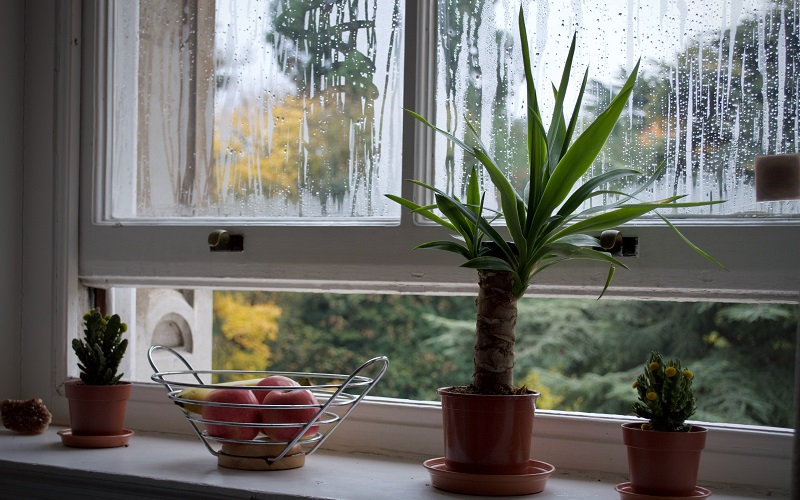Proactive monitoring for damp risk can save lives

It is unlikely that many people in the UK missed the recent conclusion that the death of two-year-old Awaab Ishak was due to damp and mould inside his family's flat.
The response across the media exploded, with the UK public questioning how, in this decade, housing conditions can be so poor. The media are calling for this event to be a "defining moment for the housing sector". Additionally, there is increasing concern that this could be the first of many cases.
According to a report from Daniel Hewitt at ITV News, the latest English housing survey reported that 839,000 homes have problems with damp, with 198,000 of those owned by Councils or Housing Associations. The NHS is also reportedly spending £38m a year treating people living in damp, mouldy homes.
In further ITV reports, the Coroner for this case has recommended that "mould and damp be added to the decent home standard, the legal minimum requirement that houses in England are meant to meet".
There is growing speculation and concern that fuel poverty increases will likely increase cases of damp and mould in homes due to residents turning down their heating and reducing ventilation to keep heat indoors.
Unfortunately, the link between cold homes and excess winter deaths is already well established, as documented by the Institute of Health Equity below.
"Cold homes and fuel poverty contribute to the phenomenon of excess winter deaths. England saw an estimated 63,000 excess winter deaths in 2020–21. Estimates suggest that some 10 per cent of excess winter deaths are directly attributable to fuel poverty and 21.5 per cent are attributable to cold homes."

But do cold homes automatically mean damp homes? The relationship between indoor temperatures, damp and mould is a complex one. However, data and insights into the environmental condition of the home can help identify potential risks. Residences that need further investigation can then be identified and proactively supported before the worst happens, all for less than the cost of a high street coffee per week.
Andrew Cowlin, Managing Director at Mouldex Ltd, a leading company for innovative mould and condensation control, supports the use of remote monitoring for prioritising properties at risk.
"Remote environmental monitoring is proving to be a powerful tool for Mouldex and enables us to overlay our knowledge of the property following a technical site survey and combine this with the ongoing environmental data. This data can be used both proactively and to support reactive remedial works.
Having the ability to analyse this raw data and prioritise the highest to lowest risk properties combined with our expertise in this area is proving valuable for our clients. We're now able to proactively target properties with consistently high relative humidity levels or consistently low ambient air temperatures before mould becomes established."
Technological developments mean that this remote monitoring doesn't have to be complicated, difficult to install or costly. Efficient homes monitoring from IoT Solutions Group is a single sensor placed in the room of concern. This device continually monitors environmental conditions, such as humidity, temperature and CO2 levels and relays the data to a cloud platform for housing/property managers to identify and manage risk.
Contact our IoT monitoring experts now to find out more.





